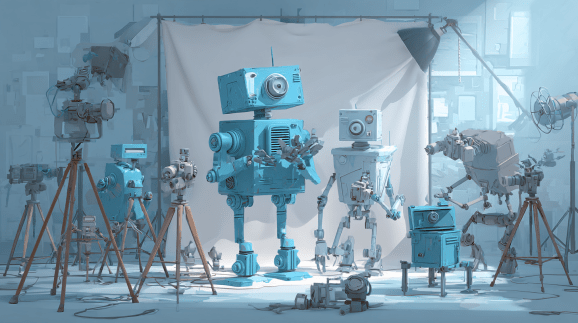Over the past decade, the manufacturing world has witnessed a quiet but powerful transformation on factory floors. The most striking trend is that industrial robot demand has doubled, and the surge is most visible in China, where installations now dominate the global market and reshape how goods are produced.
European countries, by contrast, are beginning to lag behind. For many firms in the region, automation adoption has not kept pace with the rapid expansion seen in Asia, prompting questions about competitiveness and investment in modern manufacturing capabilities.
Several forces are driving this divergence: the maturation of robot hardware and software, more capable sensors and AI-enabled controls, and a renewed emphasis on supply-chain resilience. As companies seek to produce closer to home and with fewer disruptions, automation becomes a strategic cornerstone rather than a luxury.
The shift has implications beyond productivity. Workers will need new skilling and upskilling pathways to collaborate with machines, while policymakers face the challenge of aligning education systems, incentives, and infrastructure with a robot-enabled economy. The conversation around jobs, wages, and regional development is now inseparable from automation strategy.
Looking ahead, the trajectory suggests continued growth in robot adoption, with a likely widening gap between regions that successfully embed automation into their industrial base and those that struggle to keep pace. For readers following this topic, this report from AI Business, featuring reporting by Scarlett Evans, offers a window into the evolving world of industrial robotics.
Related posts
-
AI as a Life Skill: Education Meets the UK Workplace in a New Era
AI as a Life Skill: Education Meets the UK Workplace in a New Era Artificial intelligence is redefining...
13 September 202562LikesBy Amir Najafi -
AI’s Everyday Impact: Safeguards, Schools, and Enterprise in 2025
As 2025 unfolds, AI is moving from headline news to everyday life in tangible ways. Across safeguards, education,...
26 August 202575LikesBy Amir Najafi -
AI Safety in Focus: Poetry Jailbreaks Guardrails and Risky ChatGPT-5 Guidance
Two apparently distant threads in AI safety are converging into a clear message: guardrails are being tested by...
30 November 202502LikesBy Amir Najafi


